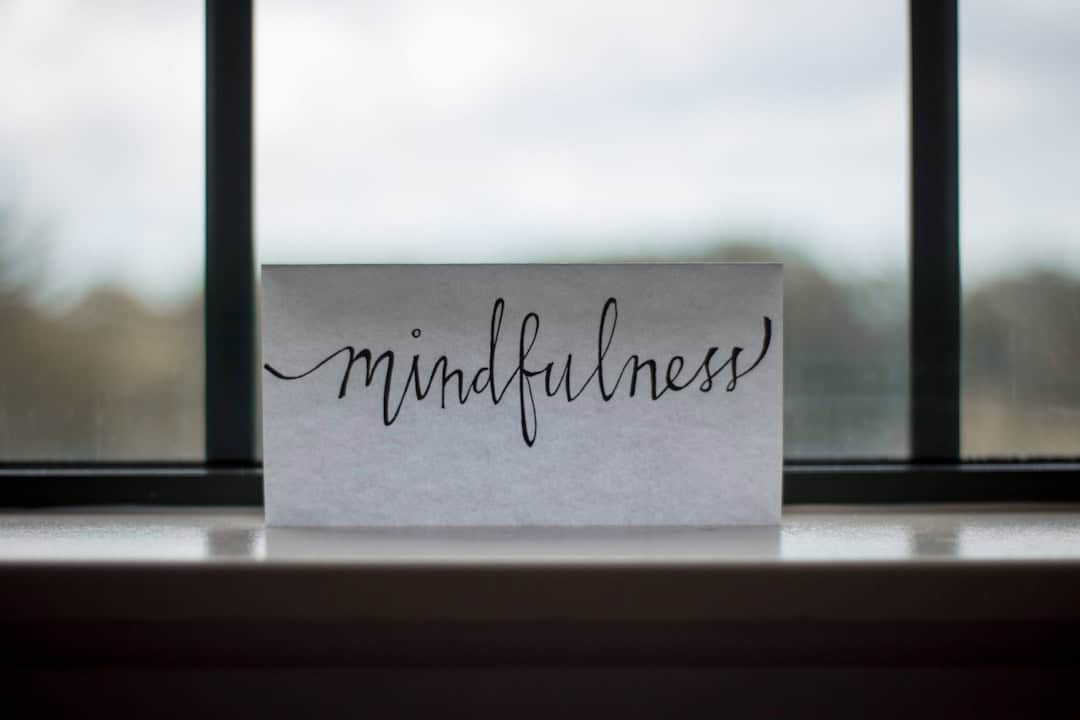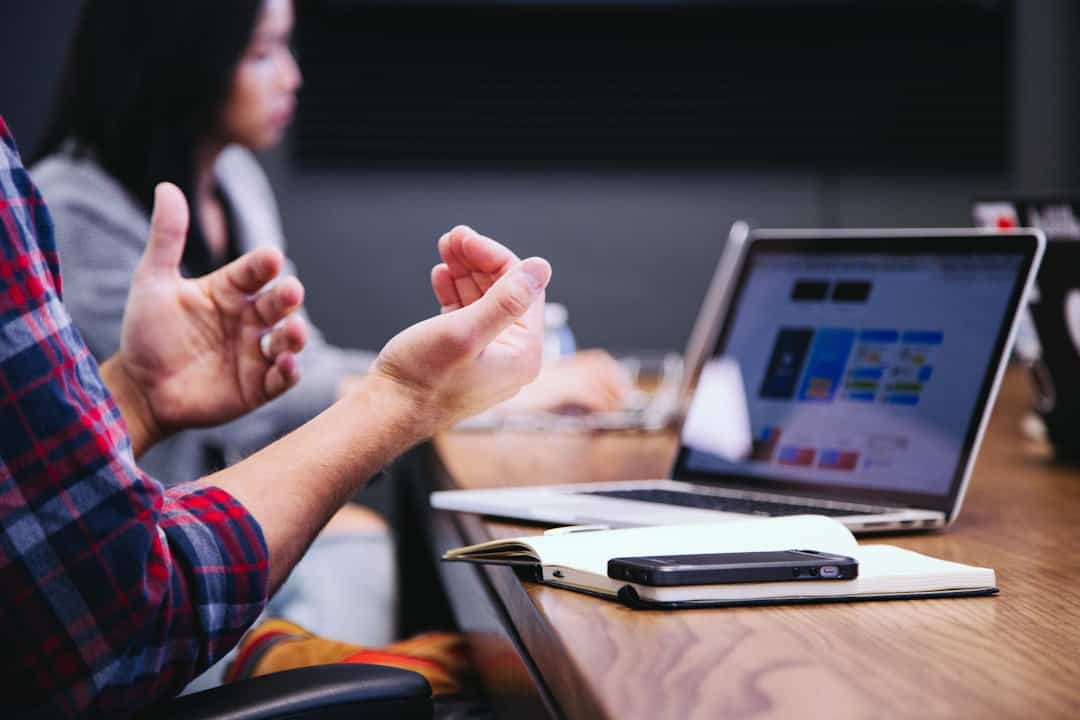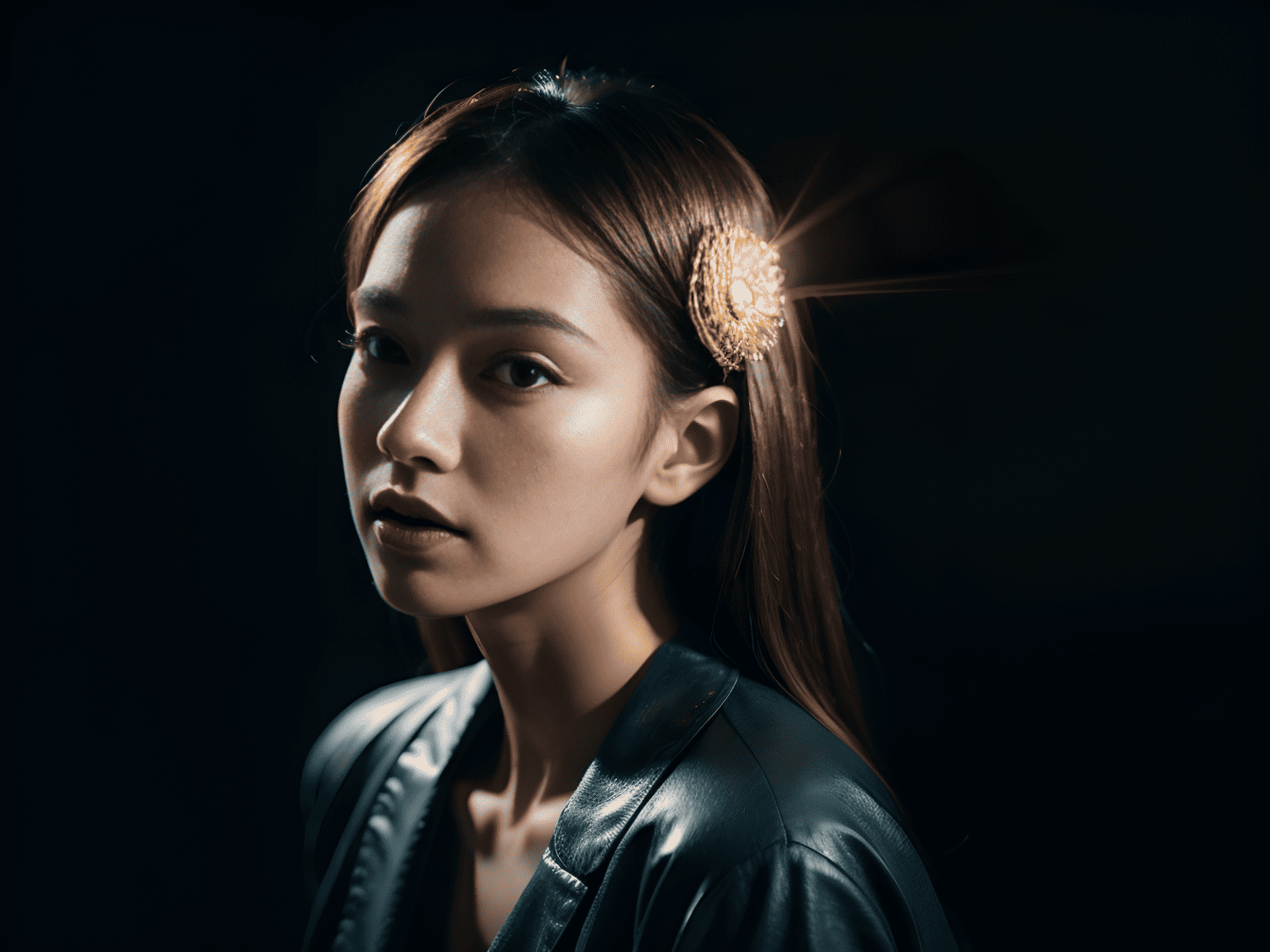The concept of the Metaverse has rapidly evolved from a niche idea in science fiction to a burgeoning reality, capturing the imagination of technologists, gamers, and dreamers alike. At its core, the Metaverse represents a collective virtual space where users can interact with a computer-generated environment and other users in real-time. This immersive digital landscape opens up a plethora of possibilities, including the intriguing notion of “Metaverse Dreaming.” This term encapsulates the idea of experiencing dreams within a virtual reality (VR) framework, where the boundaries between waking life and dream states blur.
As technology advances, the potential for individuals to explore their subconscious through VR becomes increasingly feasible, raising questions about the nature of dreams and their implications for our understanding of consciousness. Metaverse Dreaming invites us to consider how virtual environments can serve as a canvas for our innermost thoughts and desires. In this digital realm, users can create and manipulate their surroundings, allowing for a unique exploration of personal narratives and fantasies.
The allure of this concept lies not only in the escapism it offers but also in its potential to enhance self-awareness and creativity. As we delve deeper into the intricacies of Metaverse Dreaming, we will uncover how this phenomenon intersects with established psychological concepts, such as lucid dreaming and the subconscious mind, while also examining its broader implications for society.
Key Takeaways
- Metaverse dreaming is the concept of experiencing dreams in virtual reality, blurring the lines between the real and virtual worlds.
- VR dreams open up possibilities for immersive and interactive dream experiences, allowing users to explore new environments and scenarios.
- Lucid dreaming in virtual reality presents a unique phenomenon where individuals can consciously control and manipulate their dreams within the metaverse.
- Dreaming in the metaverse unravels the virtual subconscious, offering insights into the human mind and its relationship with virtual environments.
- The intersection of dreams and virtual worlds gives rise to the concept of the dream metaverse, a space where individuals can collectively share and interact with dreams.
Exploring the Possibilities of VR Dreams
Virtual reality has already transformed various sectors, from gaming to education, but its application in the realm of dreaming is particularly fascinating. Imagine donning a VR headset and entering a world where you can shape your dreams at will. This possibility is not merely a flight of fancy; it is grounded in the advancements of VR technology that allow for increasingly immersive experiences.
Users can design their dreamscapes, whether they wish to soar through fantastical landscapes or confront their fears in a controlled environment. This level of customization could lead to profound personal insights and therapeutic benefits, as individuals engage with their subconscious in ways previously thought impossible. Moreover, the integration of artificial intelligence (AI) into VR dreaming could further enhance these experiences.
AI algorithms could analyze users’ preferences and emotional states, tailoring dream environments to suit their needs. For instance, someone grappling with anxiety might find solace in serene landscapes or calming scenarios designed to promote relaxation. Conversely, those seeking adventure could be thrust into exhilarating situations that challenge their limits.
The potential for VR dreams to serve as a tool for personal growth and emotional healing is immense, suggesting that the Metaverse could become a vital space for self-exploration and transformation.
The Phenomenon of Lucid Dreaming in Virtual Reality

Lucid dreaming, the state in which individuals become aware that they are dreaming and can exert control over their dream narratives, has long fascinated psychologists and dream enthusiasts alike. The advent of virtual reality introduces an exciting dimension to this phenomenon, allowing users to experience lucid dreaming in a more structured and interactive manner. In a VR environment, individuals can practice techniques to induce lucidity while simultaneously engaging with their dream content in real-time.
This synergy between lucid dreaming and VR could lead to enhanced self-awareness and creativity, as users navigate their dreamscapes with newfound agency. The implications of combining lucid dreaming with virtual reality extend beyond mere entertainment; they touch upon therapeutic applications as well. For instance, individuals suffering from recurring nightmares may find relief through VR experiences that allow them to confront and reshape their fears within a safe environment.
By practicing lucidity in these controlled settings, users can develop coping strategies that translate into their waking lives. Furthermore, the ability to record and analyze these experiences could provide valuable insights into the workings of the subconscious mind, paving the way for new therapeutic approaches in psychology.
Unraveling the Virtual Subconscious: Dreaming in the Metaverse
As we venture deeper into the realm of Metaverse Dreaming, we encounter the concept of the virtual subconscious—a digital reflection of our innermost thoughts, emotions, and desires. In this context, dreaming becomes an exploration of not only personal narratives but also collective experiences shared within the Metaverse. Users can engage with others’ dreams or collaborate on shared dreamscapes, creating a rich tapestry of interconnected narratives that reflect diverse perspectives and experiences.
This communal aspect of dreaming in the Metaverse could foster empathy and understanding among users, as they navigate each other’s subconscious landscapes. The virtual subconscious also raises intriguing questions about identity and self-representation within digital spaces. As users craft their avatars and curate their dream environments, they engage in a form of self-expression that transcends traditional boundaries.
This exploration of identity can lead to profound insights about how individuals perceive themselves and how they wish to be perceived by others. In this way, Metaverse Dreaming becomes not only a personal journey but also a collective exploration of human experience, challenging our understanding of consciousness and identity in an increasingly digital world.
The Intersection of Dreams and Virtual Worlds: Dream Metaverse
The concept of a “Dream Metaverse” emerges as an exciting intersection between dreams and virtual worlds, where users can traverse dreamscapes that are both familiar and fantastical. This innovative space allows individuals to explore their dreams collaboratively or independently, creating an expansive universe where imagination knows no bounds. Within this Dream Metaverse, users can share their dream experiences, engage in storytelling, or even participate in guided dream journeys designed to facilitate personal growth or healing.
The potential for creativity is limitless as users blend elements from their waking lives with surreal dream imagery. Furthermore, the Dream Metaverse could serve as a platform for artists, writers, and creators to showcase their work inspired by dreams. By harnessing the power of VR technology, these creators can bring their visions to life in ways that traditional mediums cannot achieve.
This fusion of art and technology not only enriches the cultural landscape but also encourages collaboration among diverse creators who share a passion for exploring the depths of human experience through dreams. As we continue to develop this Dream Metaverse, we may find ourselves on the brink of a new artistic renaissance fueled by the limitless possibilities of our subconscious minds.
The Potential Impact of Metaverse Dreaming on Mental Health

The implications of Metaverse Dreaming extend far beyond mere entertainment; they hold significant potential for mental health interventions and therapeutic practices. As individuals engage with their dreams in immersive virtual environments, they may uncover hidden emotions or unresolved conflicts that require attention. This process can facilitate self-reflection and promote emotional healing by providing users with tools to confront their fears or anxieties within a safe space.
Therapists may leverage these experiences as part of treatment plans for conditions such as PTSD or anxiety disorders, allowing clients to process traumatic events through controlled dream scenarios. Moreover, the social aspect of Metaverse Dreaming cannot be overlooked. Users can connect with others who share similar experiences or challenges, fostering a sense of community and support that is often lacking in traditional therapeutic settings.
Group sessions within the Dream Metaverse could provide opportunities for shared healing experiences or collaborative storytelling that enhances emotional resilience. As we explore these possibilities further, it becomes clear that Metaverse Dreaming has the potential to revolutionize mental health care by offering innovative approaches to therapy that prioritize individual agency and community support.
Ethical Considerations in Virtual Dreaming
As we navigate the uncharted waters of Metaverse Dreaming, ethical considerations come to the forefront of this emerging field. One significant concern revolves around privacy and data security; as users engage with their subconscious minds in virtual environments, sensitive information may be inadvertently shared or exploited. Developers must prioritize user consent and transparency regarding data collection practices to ensure that individuals feel safe exploring their dreams without fear of surveillance or misuse of personal information.
Additionally, there are ethical implications surrounding the potential for addiction or escapism within these virtual dreamscapes. While Metaverse Dreaming offers exciting opportunities for exploration and healing, it also poses risks if individuals become overly reliant on these experiences as a means of avoiding reality or confronting difficult emotions. Striking a balance between immersive experiences and healthy engagement with one’s waking life will be crucial as we develop guidelines for responsible use within this burgeoning field.
The Future of Metaverse Dreaming: Challenges and Opportunities
Looking ahead, the future of Metaverse Dreaming presents both challenges and opportunities that will shape its evolution in the coming years. On one hand, technological advancements will continue to enhance the realism and interactivity of virtual environments, allowing users to engage with their dreams in increasingly sophisticated ways. However, this rapid development also necessitates ongoing discussions about ethical considerations and mental health implications as we integrate these technologies into our lives.
Moreover, as more individuals embrace Metaverse Dreaming as a tool for self-exploration and healing, there will be opportunities for interdisciplinary collaboration among psychologists, technologists, artists, and educators. By working together to create inclusive spaces that prioritize user well-being while fostering creativity and connection, we can unlock the full potential of this innovative frontier. Ultimately, the journey into Metaverse Dreaming invites us to reimagine our relationship with our subconscious minds while navigating the complexities of identity, community, and mental health in an increasingly digital world.
If you found the concept of dreaming within virtual worlds intriguing as explored in “Metaverse Dreams: Can We Dream Inside Virtual Worlds?”, you might also be interested in understanding how these virtual environments are influencing social interactions and community dynamics. A related article, Community and Culture in the Metaverse: Social Dynamics in the Metaverse, delves into how virtual spaces are reshaping the way we connect, communicate, and build communities, offering a comprehensive look at the social underpinnings that could influence our virtual dream experiences.
FAQs
What is the Metaverse?
The Metaverse is a collective virtual shared space, created by the convergence of virtually enhanced physical reality and physically persistent virtual reality.
Can we dream inside virtual worlds?
As of now, there is no scientific evidence to suggest that people can dream inside virtual worlds. Dreams occur during the rapid eye movement (REM) stage of sleep, and it is not clear if this can be replicated in a virtual environment.
What are the potential implications of dreaming inside virtual worlds?
If it were possible to dream inside virtual worlds, it could have significant implications for the fields of psychology, neuroscience, and virtual reality technology. It could also raise ethical questions about the blurring of the lines between reality and virtual reality.
Is there any research being conducted on dreaming inside virtual worlds?
While there is ongoing research on the effects of virtual reality on dreaming and sleep patterns, there is currently no conclusive evidence to support the idea that people can dream inside virtual worlds.











Leave a Reply